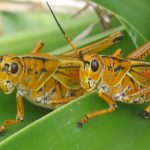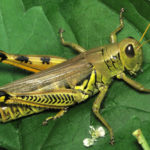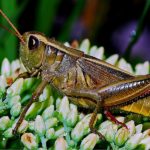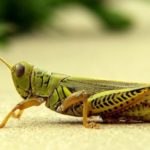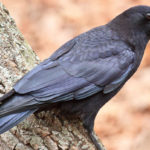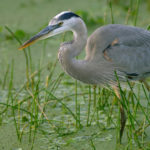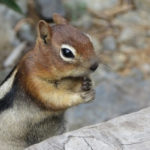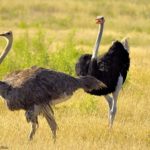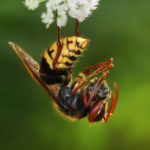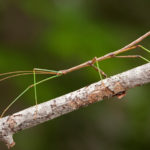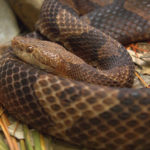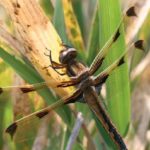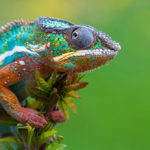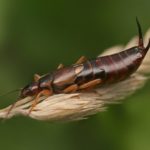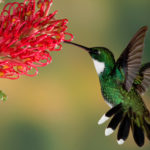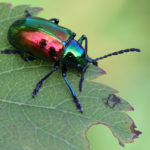Grasshoppers
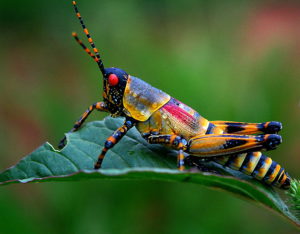 Grasshoppers are a vast group of insects with over 6,800 species. Grasshoppers make up 3 families in the Squirrel order and are relatives of crickets and locusts. Some grasshoppers are like cicadas and mantises, but they have no family ties with these insects.
Grasshoppers are a vast group of insects with over 6,800 species. Grasshoppers make up 3 families in the Squirrel order and are relatives of crickets and locusts. Some grasshoppers are like cicadas and mantises, but they have no family ties with these insects.
Most of the grasshoppers are medium-sized insects (2-4 cm long), a number of tropical species are much larger (up to 10 cm in length). The body of the grasshoppers is oblong, the head is oval with the same shape of the eyes. Extremities are long (especially posterior) of a leaping type with very long hips and shins. In the helmeted and spiked head of limbs, the head and elytra are littered with sharp spines, which gives them a very formidable appearance. Unlike other orthopterans, whose antennas are shorter than the body, in grasshoppers the length of antennas (antennae) is at least equal to the length of the body, and in some species it can exceed 4 times!
Wings are thin and covered with more rigid elytra. Their shape varies greatly: for example, in species that live in the grass, the elytra is often long and narrow, in forest grasshoppers the shape of the elytra resembles the leaves, and there are species with reduced elytra. Species that masquerade as foliage are extremely diverse. Among them there are grasshoppers imitating juicy green leaves, there are even those with flattened legs, which together with the body creates the impression of a whole bundle of leaves.
Some grasshoppers pretend to be spoiled leaflets, their body is dotted with dots and spots, imitating rot and plant diseases. In some species, the margins of the elytra are uneven and asymmetrically shortened, which gives the impression of torn off leaves or simply their fragments. Finally, a series of grasshoppers with their dark brown color imitates rotten and completely rotten wings. Javanese saprophilia laces the body imitates lichens.
Coloring of grasshoppers also performs a masking function, for these insects there is a very typical bright green color, although some species can be brown, black, gray. Grasshoppers amblycorify along with green and brownish coloration may be bright pink, but such specimens are rare (1 specimen out of 500). Tropical grasshoppers are so similar to plants that on their wings there were special marks-eyes for identification by relatives, otherwise they would not be able to find each other. In grasshoppers, sexual dimorphism is expressed: females are larger than males and have an ovipositor crescent-shaped (less often straight) forms.
The habitat of grasshoppers covers the whole world, there are none only in Antarctica and in the depths of vast deserts. In general, the habitats of these insects are very diverse. In the temperate zone, grasshoppers can often be found in meadows, in steppes, forest fringes, slightly less in the forest. In tropical regions, they are equally often found both in open spaces (in savannahs) and in dense rain forests. A number of species live in the alpine meadows in the mountains. Grasshoppers live alone and never form such clusters as locusts. Usually these insects sit on the stems of plants in relative immobility or slowly creep along the stems. In general, grasshoppers are sedentary and do not migrate despite their mobility. Active different species both during the day and at night.
